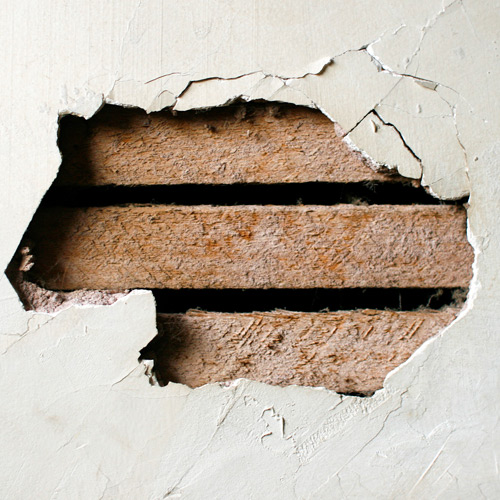What are some of the leading frustrations that leasing agents and property managers deal with when they're going in to show a unit that's been turned? Two of the things that most commonly crop up are poor patchwork, and poor touch-up.

How To Touch Up A Wall
Original Paint Application
The key to a quality touch-up job depends largely on duplicating the original application method. For instance, if the original application was spray-and-back-roll, the force of the paint being forced through the spray tip can cause the paint to shear, or to lose viscosity under pressure. This shearing can actually cause the color of the paint to change in the process, so it's crucial to spray the rest of the paint through the airless gun to shear the rest of the paint for touch-up. This will ensure that the color of the paint used for touch-up is the same as the original paint on the wall.

How To Touch Up A Wall
Creating an Even Finish
If the application was originally done with a half-inch roller, the stipple (or peaks and valleys in the finish) is of a certain size and form. This stippling leaves shadowing in the finish. If you use any other form of application to do the touch-up, or a roller with a different nap size, the shadowing will be different in the touched-up area. This can cause the finish to look darker or lighter, which the viewer will perceive as a difference in color. Using a brush to touch up a rolled wall causes even worse shadowing in the finish, because the shadows run in a direction caused by the brush instead of the peaks and valleys made by the original roller.

How To Touch Up A Wall
Roller Techniques
Every time you touch up a wall you're building the thickness of the product, which can lead to excessive shadowing. Dry rolling is an application technique that minimizes the amount of product built up over the original finish. Lightly wet your roller, and apply your roller to the center of the area to be touched up. Roll outward in what is called a flower pattern as the roller starts to dry out, rolling from the center outward. This will apply the correct amount of paint to the area where the stain or patch is, and apply less paint as your roller reaches the outer edges. This thinner paint will keep the touch-up from having a hard edge at the outside, helping to blend it with the surrounding wall in both color and texture.

How To Touch Up A Wall
Partnering with PPG
If you compare a touch-up job that's been done correctly using the original application method with one that's been done incorrectly, it's easy to see the difference using correct technique can make. When the touch-up is showing after a unit's been cleaned and painted for turn, is it really the paint, or could it be another issue? PPG Paints happily provides training to our multi-family and livable space partners to assist with new product conversion, and application methods. For questions about training, please contact your PPG Paints representative, or visit us at ppgpaints.com for a location near you.
Find A Location Near You




